A quick add-on to my epic soil post (The much anticipated long promised long winded ever-lovin’ bonsai soil epic).
I have three products I’ve discovered that I’d like to share.
First, an expanded shale product that is not the Haydite brand-

In fact, it’s Ladybug brand-
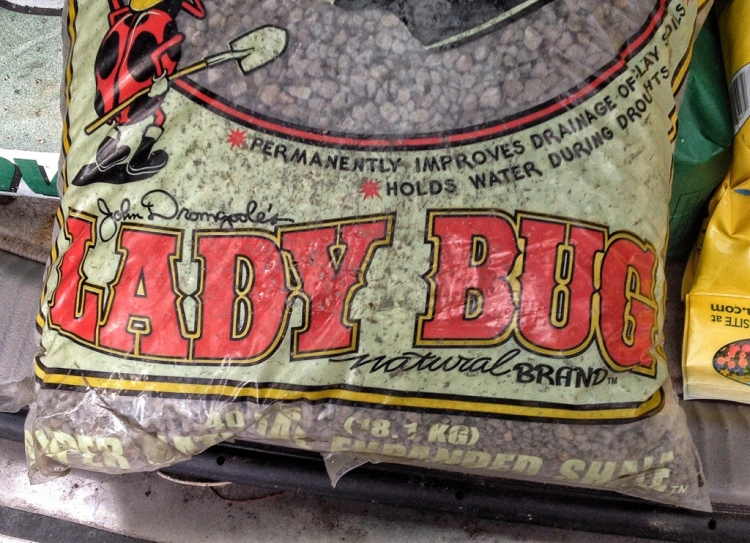
Not very manly, I agree, but it’s available commercially in manageable bags (40 lbs) at a relatively cheap price.
It does have dust-

But only a few small particles to sift out.
A 40 lb bag yields five gallons worth of product.
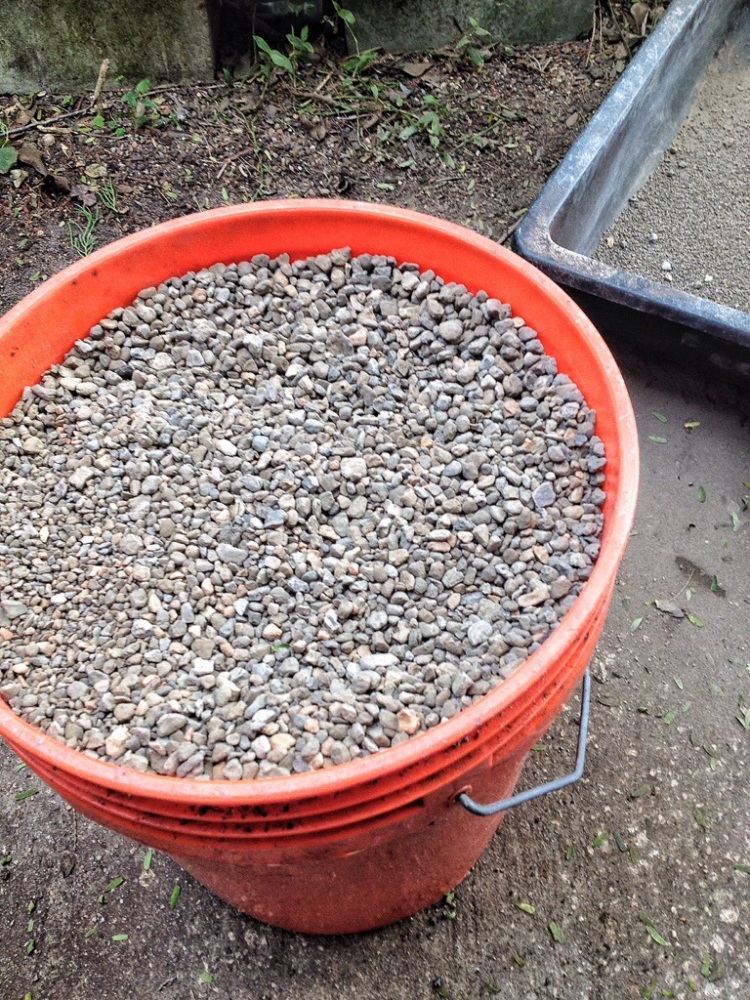
And looks ok too.

The particles size is varied enough you could sift out the larger particles and have a good shohin mix.
If you remember from the soil post, I talked about a characteristic of soil particles called cation exchange capacity (pronounced cat-eye-on. C. E. C. for short).
It is basically the amount of “stickiness” a soil particle has in terms of fertilizers and other nutrients attaching to said particle.
This is important for bonsai because we have very little soil in our small pots and the soil drains so fast that any fertilizer you use just gets washed out of the drain holes whenever you water.
But….if the particles you use have a high C. E. C. the fertilizer will “stick” to them and be available for the plant to use.
Organic particles (like pine bark) have the highest C. E. C’s (but they break down and clog the drain holes so we use little to none in a mix) with rocks having no C. E. C (chicken grit, lava rock).
A comparison of C. E. C. For those interested.
Pine bark- 125/100g (you’ll have to read that first postfor an in depth discussion)
Akadama- 21/100g
Turface (calcined clay) 25/100g.
What about this expanded shale, Haydite or this Ladybug brand?
It has little to no C. E. C.
why, then, use it?
The same reason we use lava; to take up space.
I believe in a varied mix with different shaped particles;It just drains better in my opinion.
The next product is a diatomaceous earth product I found at O’Reilly auto parts.

A close look-

Diatomaceous earth (D. E.) is basically fossilized microscopic creatures that lived in fresh water (diatoms).
It has excellent C. E. C. (27/100g) and doesn’t break down unless you crush it.
What is the difference between this product and the NAPA auto parts brand (part #8822) I referenced in the first post?
The particles in this Optisorb are bigger with less waste after sifting.
Attend:
Before sifting
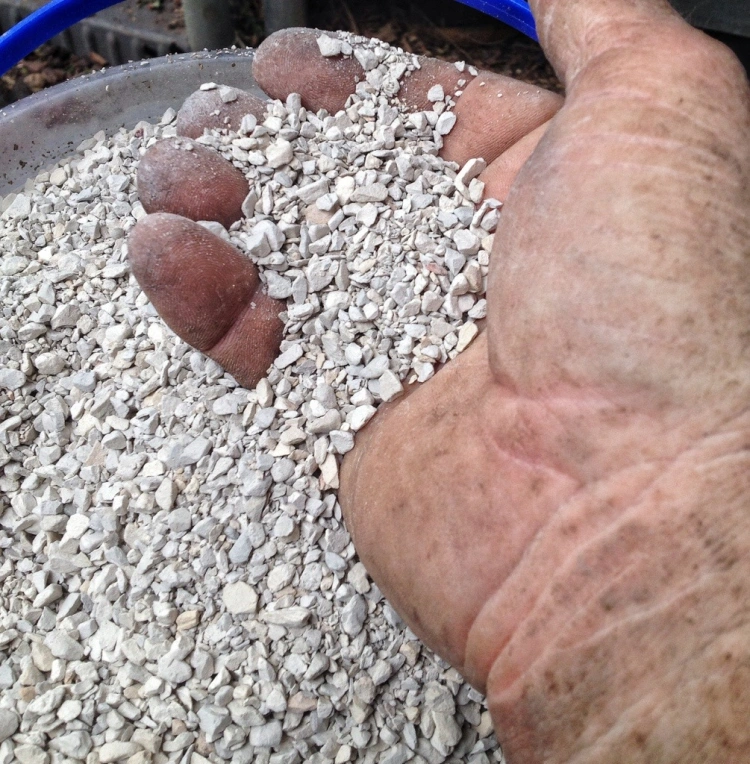
After
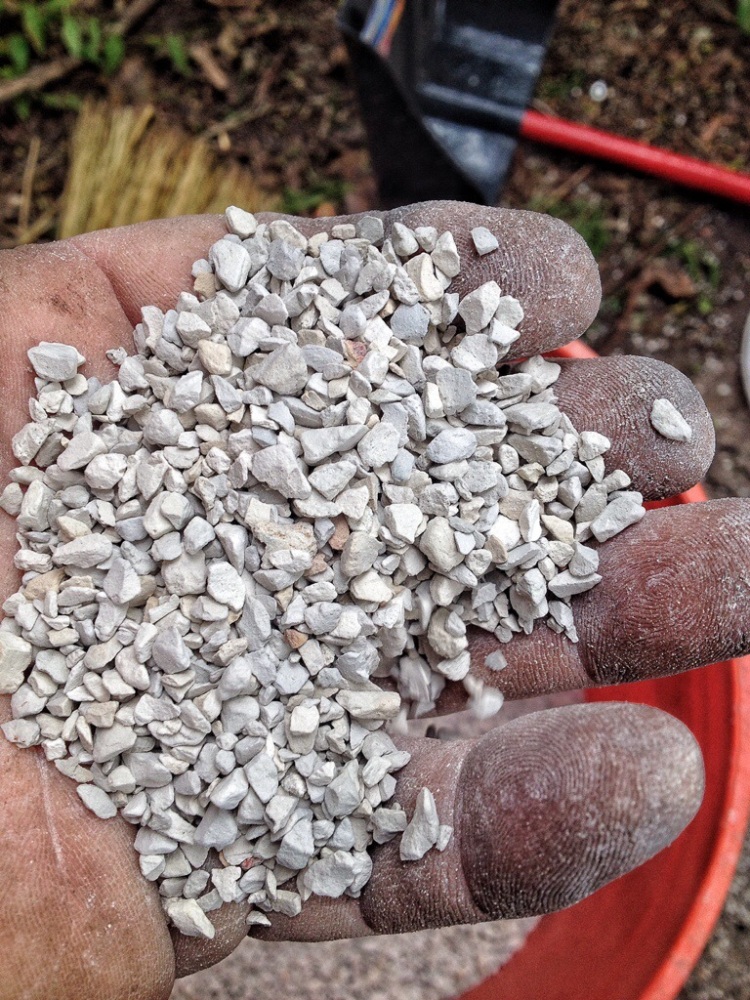
The waste:

5 quarts before:

A little more than 4 quarts after sifting:

The bag yields about 5 gallons of sifted product. Not bad.
It’s big drawback is the color; white.
But the new fad, pumice, is white too.
And Boon uses pumice so the color shouldn’t matter then, right?
The part number for Optisorb?

The next product is called Soil Perfector.
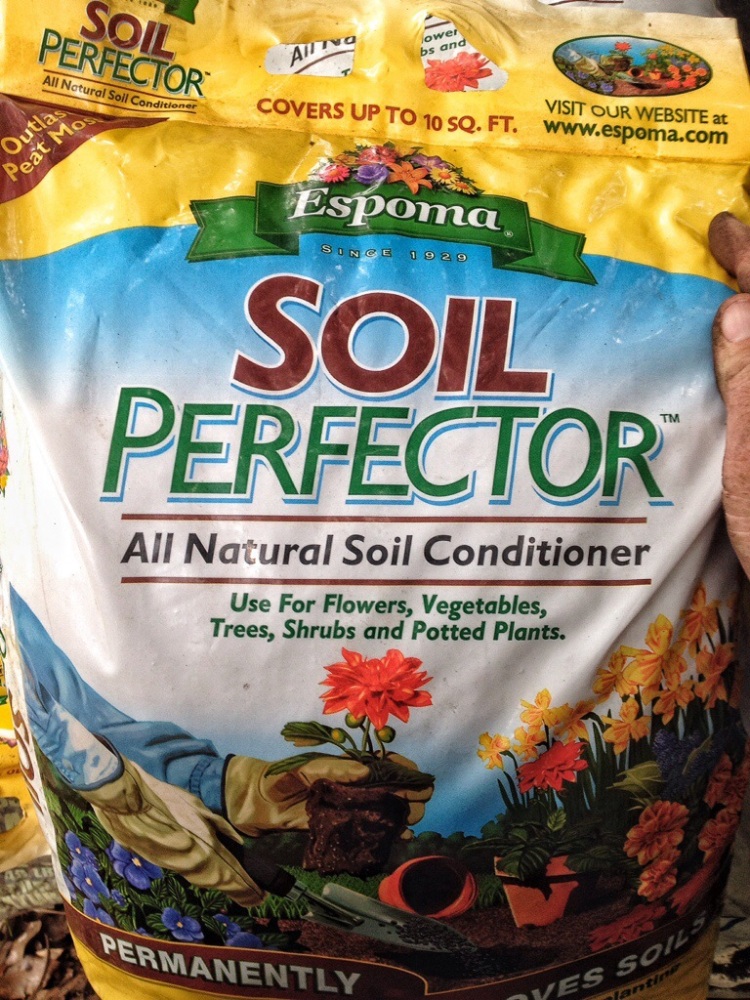
It doesn’t say what it is made out of (except a “natural ceramic material”, Making me think it’s shale).
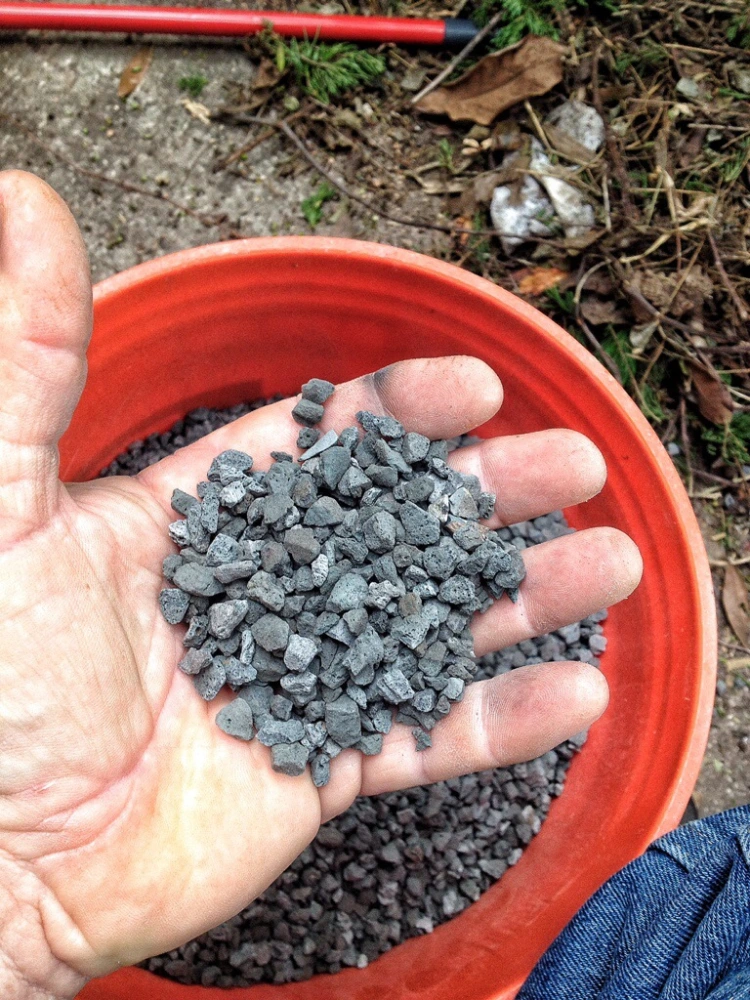
You do have to sift or wash it as there is some dust in it:
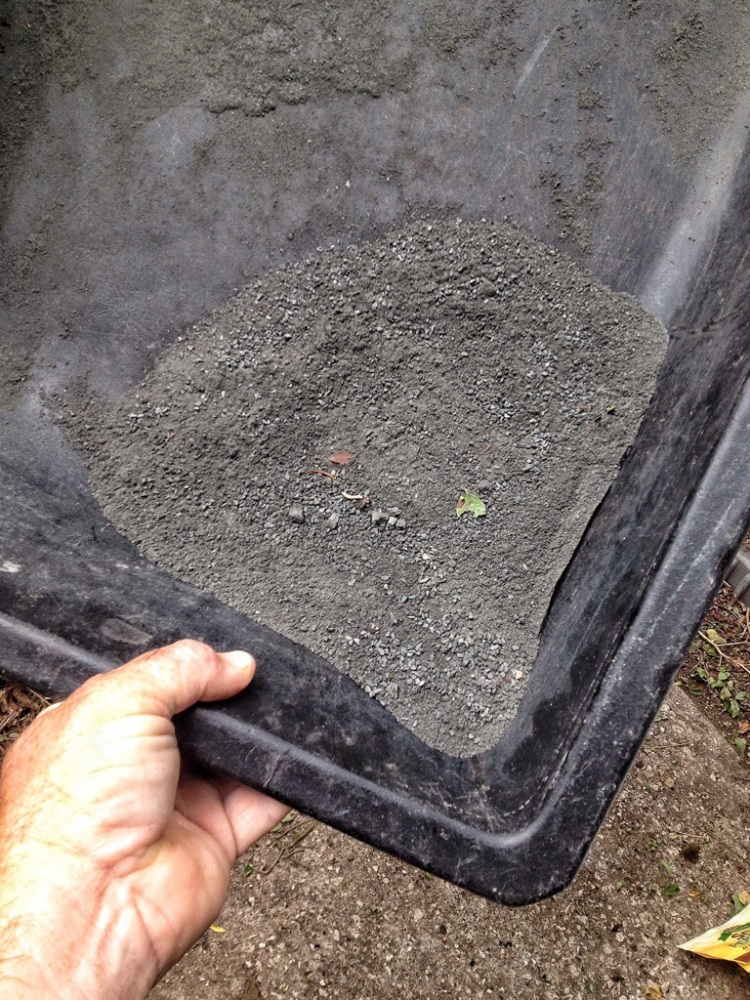
The bag is 27 lbs but the product is lighter than the Ladybug product (40 lbs) at only one gallon less yield.
I also like the sharper edges it has compared to the Ladybug product.
Going back to the original post, I realize that I had introduced the Ladybug brand expanded shale already but, I’m still trying to get the word out about and I didn’t want to have to erase half the post.
I’ve had half a year using it and I’ve found it to be a satisfactory component.
It doesn’t hold too much water and those trees I’ve had in it have grown the most (it’s been a wet year).
The Soil Protector product seems very promising to me. I’ll give an update on it next year. I plan on using a mix with it, the Optisorb and some recycled soil in some junipers.
Here’s the look of it:
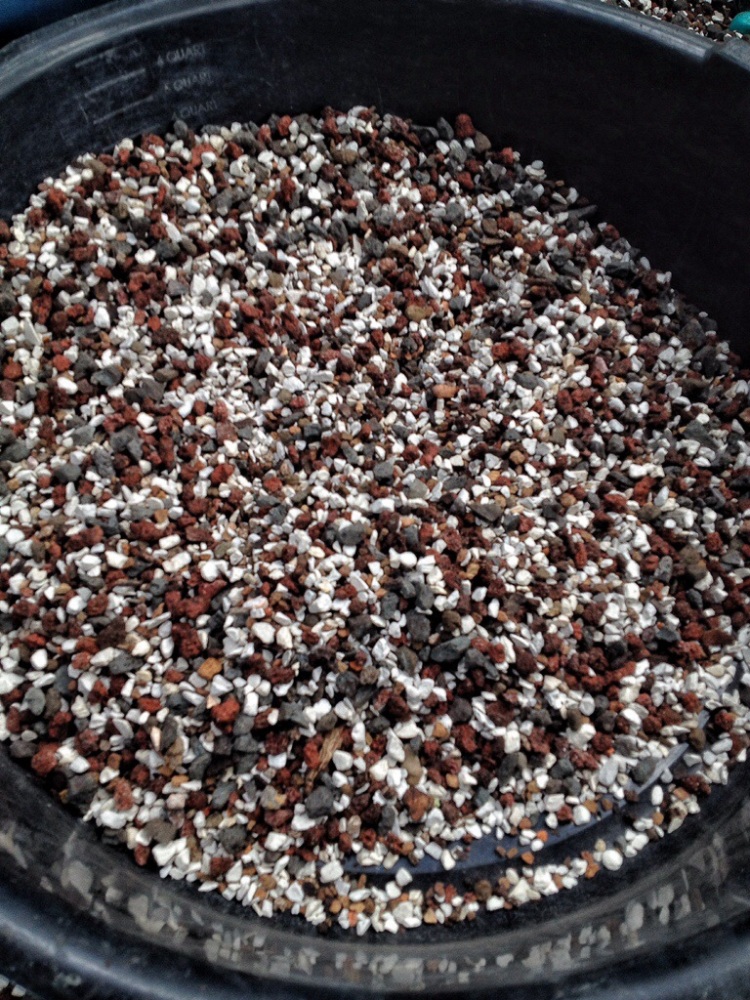
It should work.
For more info on my regular soil mix, this post (how I make bonsai soil) is a good reference.
All of these products are searchable on the Internet and should be easy to find (hopefully).
- Comment
- Reblog
-
Subscribe
Subscribed
Already have a WordPress.com account? Log in now.
Good post. I’m picking up bags of both the LadyBug & Espoma from Palmers Nursery next week. (They didn’t have any on-site, but it’ll be on the next truck from the warehouse.)
LikeLike
Make sure to wear a dust mask for the Diatomaceous Earth, it is silica and also used as an organic insect dust as it cuts the soft body insects. It can also do this to the inside of your throat and lungs.
LikeLike
Definitely, and also when handling perlite, calcined clay and probably even pumice.
Thanks Glen
LikeLike
Thanks for the post, Adam.
Looks like it is worth a try. I have had a little difficulty finding soil components here in lovely Florida. I couldn’t find the Lady Bug stuff anywhere around here. But I did find the Espoma and Optisorb.
I have also bought crushed granite as a soil component at Tractor Supply. It’s a bit of a drive, way out on east Colonial, but they sell 25 pound bags for $9. It’s sold as poultry grit: Manna Pro® Poultry Grit, 25 lb.
LikeLike
Where do you live? There is an Ag supply place in Apopka called BWI (3700 W Orange Blossom Trail) that sells the Ladybug stuff
LikeLike
Thanks,
I always appreciate any suppliers cuz I really don’t like paying high prices for “Bonsai Soil”. I would rather blend my own. I bought a house in Lake Mary. So far, I like it. More importantly, my wife really likes it!
LikeLike
That’s not a bad drive then to Apopka. Come by the nursery when you can.
LikeLike
Thanks Adam great post! Question! When would you repot crepe myrtle in NC for initial move from nursery to bonsai pot or training pot?
LikeLike
I would wait until February up in NC
LikeLike
Thanks Adam.
LikeLike
FYI – the Soil Perfector is 100% Expanded Slate, not shale.
Found the MSDS here: http://www.horse.com/ContentFiles/Associated_Content/G23304MSDS.pdf
LikeLike
Thanks, why wouldn’t they put that on the bag I wonder?
LikeLike
have you seen Growstone? it appears to be man made pumice created from recycled glass. its got a light brown color and the particles are perfect size with almost no waste and no screening. might be worth a look for people in areas that can’t get pumice. i’m testing it out in a few mixes now.
link: http://www.growstone.com
(its the soil aerator)
LikeLike
I have heard of it but not seen it yet. I’ll look it up and do some testing.
LikeLike
Adam – check and see if you can get a diatomaceous earth brand called Saf T Sorb. It’s a green label and I get it from Tractor Supply. Stuff works great and the best thing is unlike the one you use it is a tan/brown color.
LikeLike
I will, there is a Tractor Supply near me. Thanks
LikeLike
Check the color of your DE when it’s wet. I use the NAPA stuff and it’s white when dry but more of a brown/red color when wet. I’ve also had some that is gray when wet.
LikeLike
You’re right, but the stuff I got is mostly grey when wet
LikeLike
I think that the gray stone that you have is sold as permatill at my local store.
LikeLike
That may be one of the name brands. I’ve heard that before
LikeLike
Hi Adam. Quick question, what do you use to sift? I’ve seen your monster machine, but I was looking for the type of mesh or material I could use and the size of the holes you’d recommend
LikeLike
I know this is an older post, but one of my customers just shared it with me. I work for Espoma and wanted to share that the Soil Perfector is a kiln dried agragate slate, that is mined from the hills of NC.
LikeLike
Thank you Bonnie, in later posts I identify it as slate. I found the msds and found the ingredient.
I do like that it’s from NC though.
LikeLike
Great post. I am looking forward to giving this a go, it’s a little drier here but hopefully, water will retain better. Thanks again.
LikeLike